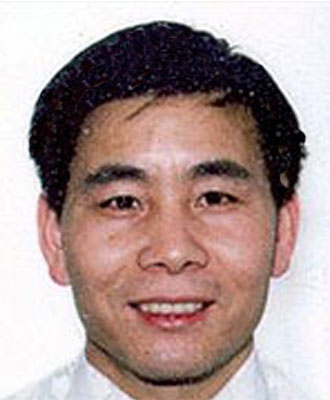Abstract
The September lunch talk covers the use of time-lapse 3D seismic analysis, also known as 4D seismic, in monitoring changes in a heavy oil reservoir undergoing steam flood production. A particular focus is on the cross-calibration techniques used. The following is a brief summary of the material to be presented.
Extracted post-stack seismic attributes from time-lapse 3-D seismic data have been used extensively to map steam areal conformance by using statistical analysis in the development and monitoring of follow-up processes at Imperial Oil's Cold Lake production project.
A quantitative cross-calibration scheme between time-lapse seismic surveys has been developed using data normalization. It was found that a significant difference results from using a different calibration set; and that time-lapse data cross-calibration provides better, more stable and consistent results.
Attributes from principal component decomposition of seismic data compensate for the redundancy of conventional seismic attributes in statistical analysis and provide better well-to-seismic ties when a full set of principal component attributes are used.
Vertical steam conformance can be established through post-stack inversion to provide 3D visualization of the impact of lithologic control on steam distribution and steam migration pathway. The vertical conformance reveals that sequence architecture has a significant influence on steam migration. A sequence with high mud content tends to limit or slow both vertical and lateral migration of the steam chambers.
In pre-stack efforts, the functional relation of P- to S-wave velocities, called the mud-rock line, plays an important rule in extracting S-wave information from pre-stack data. An optimized mud-rock line for Cold Lake clastic rocks is an exponential relationship between P- and S-wave velocities. With an optimized mud-rock line and high frequency seismic data, the inverted pseudo S-wave from AVO analysis has much higher resolution than the P-S wave data. The reservoir heterogeneity can be well defined by fluid factor alone. The application of this technique to reservoir monitoring defines steam channels and identifies lithologic barriers within the reservoir.
Biography
Sam (Zandong) Sun is currently a Sr. Geophysicist with Imperial Oil Resources and is currently working on time-lapse seismic reservoir monitoring and characterization. He joined Imperial Oil since early 1994 where he worked on a variety of projects including processing, exploration, and research. He previously worked with the borehole geophysics division of Schlumberger of Canada, Mobil Oil Canada, and Canadian Hunter Exploration Ltd. He holds a B.Sc. degree in Geology from Jianghan Petroleum Institute, China; and M.Sc. and Ph.D. degrees in Geophysics from the University of Calgary, Canada. He also studied M.Sc. in Geophysics from the University of Petroleum, China. Sam's main interests include reservoir monitoring, rock physics, multicomponent seismology, vertical seismic profiling, seismic anisotropy and geostatistical analysis.
Sam is a member of SEG and CSEG.





